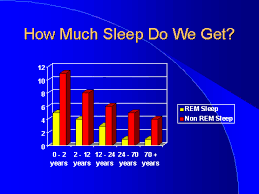How can you tell if you’re sleeping enough? And are you suffering from Fatigue, or Sleepiness? And what is the difference, if any? Fatigue or extreme tiredness, exhaustion and weariness may be a secondary or direct consequence of sleep loss or sleep deprivation which is easily identified in constant sleepiness better known as Excessive Daytime Sleepiness.
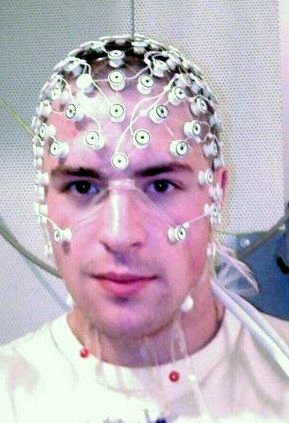
(EEG Image courtesy of en.wikipedia.org)
Measuring Sleep Patterns
Physiological analysis of your sleep using EEG – Electro-encephalography, EOG – Electro-oculography, and EMG – Electro-myography further depict your sleep as having two key individual stages:
- the NREM stage (Non Rapid Eye Movement) and,
- the REM stage (Rapid Eye Movement).
These two sleep stages operate cyclically in alternating turns; they are independently controlled, and therefore function independently as well.
https://lolindasf.com/2012/07/13/tramadol-ultram-usa
https://heystamford.com/buy-valium
https://calltrackerroi.com/blog/2021/09/30/tramadol-is-best-medication-for-dental-pain/
https://www.barusports.com/order-tramadol-online
https://memoryprojectproductions.com/buy-ambien-online-usa
http://www.propertiesbysuttonassociates.com/tramadol-ultram-for-pain/
https://ad-ios.com/project/zolpidem-tartrate-10mg-tablets/
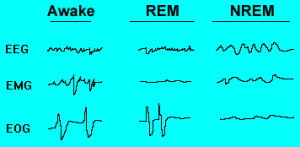
(REM NREM Image Courtesy of faculty.washington.edu )
Review of our top 10 frames and see if that can help regularize your sleeping cycle.
In adult humans, their sleeping cycle exhibits 4 to 6 cycles, each of which averages anything from 110 to 90 minutes. NREM stage dominates about 75-80% of the total sleeping time and has 3 more sub-levels (N1, N2 and N3) , while the REM stage takes up about 20-25% of the total sleeping time and dominates the last third portion of the sleep (slow-wave sleep accounts for most of the first third of the sleeping time).
REM sleep in infant newborn babies takes up about 50% of the sleep. This however changes by the time they get to 6 years old when their REM sleep reduces to the normal average REM sleep of an adult which takes up about 25% of the sleep. It only takes about 3 months for a newborn baby to achieve the NREM/REM sleep cycling patterns of adult’s sleep.
Accordingly, the progression of sleep states goes from the wakeful state, to the onset of the sleeping state, which graduates to NREM sleep stage and finally the REM sleep stage.

( Sleep NREM and REM – Image Courtesy of www.habitot.org )
The EEG is most instrumental in understanding sleep disorders. EEG also helps in observing and analyzing the two main stages of sleep, NREM and REM, nonetheless, the EMG and EOG are equally important in sleep analysis. Some of the key observations made include:
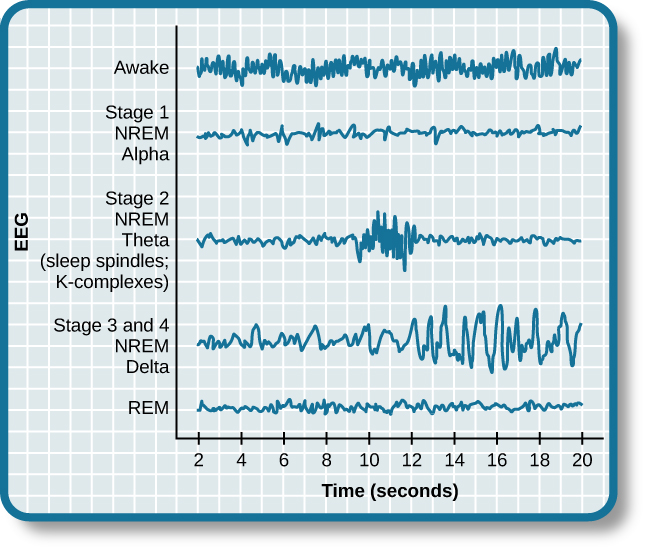
( EEG of NREM sleep and REM sleep – Image Courtesy of cnx.org )
(For the REM – Rapid Eye Movement stage)
- REM sleep consists of rapid rhythms, rapid EEG activity at low voltage
- REM brainwaves are Theta waves,
- REM waves have a saw-tooth plotting
- REM bears rapid eye movements that are multi-directional
- REM indicates diminished muscle activity within the chin area via an EMG
- REM presents phased vacillation in the cardiac activity and blood pressure
- REM features phased tongue motions
- REM elicits irregular rates of respiration
- REM sleep is absent of muscle tone contractions
- REM sleep also highlights even lower responsiveness to external stimulation

( Sleep Spindles and K-Complexes Image Courtesy of en.wikipedia.org )
(For the NREM – None Rapid Eye Movement stage)
- NREM is represented by progression into a state of diminished responsiveness to external or environmental stimuli;
- NREM is characterized by slow movements of the eyes (unlike REM which has rapid eye movements)
- NREM shows via EEG slow brainwave activity
- NREM plotting shows waveforms with K complexes and spindles
- NREM typically bears minimal muscle contractions and movements
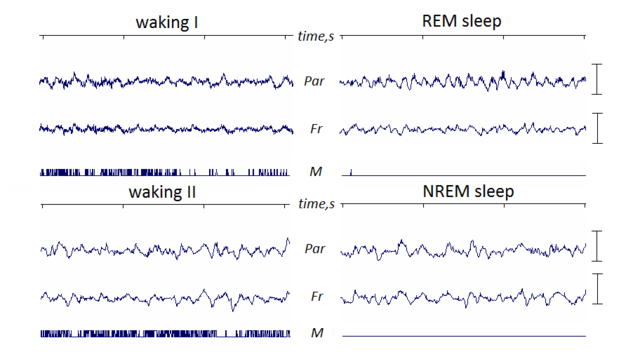
(EEG of REM sleep and NREM sleep – Image Courtesy of commons.wikimedia.org)
Your Sleep Requirements by Age
The amount of sleep required varies progressively with age, from the fetus, to the infant, early childhood to teenage years and finally adulthood and senior years. Sleep requirements also depend on the growth, development and maturation state of the CNS (Central Nervous System). Certain other factors are bound to affect the changes in sleep patterns and these include: environmental aspects, neurological factors, genetic background, and any other co-morbid medical disorders of the neurological system and other body systems. For example, if a person is suffering from a debilitating illness such as brain cancer or tumors, then the disease may itself cause a disruption in sleeping patterns. If certain therapies, such as gamma knife therapy, are opted for the treatment of the disease, it may be beneficial to learn from the medical practitioner about any sleep disruptions as well as potential solutions which can be helpful for the patient.
( Sleep Requirements – Image Courtesy of academic.pgcc.edu )
The bottom line remains: That one’s sleep patterns and sleeping requirements do change rather drastically from their infant years to the latter time in older age.
In newborn babies, the sleeping patterns are found to be polyphasic (meaning they need several sessions of sleeping time) whereby infants require at good 16 hours of sleeping time each day. However, this gradually decreases to about 11 hours of sleep per day as they grow older at around 3 to 5 years old. By the time they get to the pre-pubertal years of 9 to 10 years old, they only require about 10 hours of sleep per day.
Once they’ve grown into adulthood, the average requirement for adults in sleeping time is about 7 to 8 hours of sleep for a night’s sleep. Sleep in adults is monophasic meaning they only require one session of sleep (one phase, say overnight or daytime for night shift workers); this however later changes in the elderly whose sleep patterns are biphasic (which means two separate sleeping sessions, say the main sleeping time at night, plus an afternoon siesta), just like in infant babies and pre-schoolers who require biphasic sleeping sessions.
Circadian Rhythm of Sleep-Wake Patterns
The primary role of the Circadian Rhythm is to keep the physiological, behavioral and humoral body systems coordinated so as to modulate the sleep-wake patterns. Notably, there are two distinct and opposite components:
1. The homeostatic desire to sleep
2. The circadian rhythm of arousal
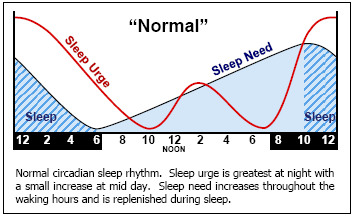
( Sleep Urge and Circadian Rhythm – Image Courtesy of rebrn.com )
To distinguish these two key components:
>> In the precedence homeostatic drive, the person experiences an increased need for sleep (a propensity or inclination to sleep) which is indicated by sleepiness; it comes after a prolonged period of being in the wakeful state.
>> In the precedence of the circadian rhythm, the person experiences alternations in the alertness of their physiological processes and this affects various aspects of their sleepiness or need for sleep (including the duration of sleep, timing of sleep, among other factors); these changes are experienced as they occur depending on the time of the day as they are cyclical alternations.
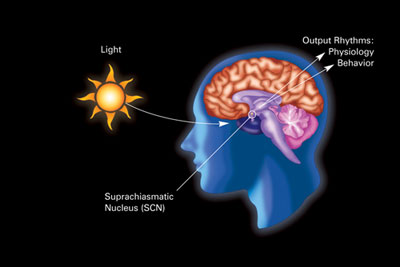
( SCN – Image Courtesy of en.wikipedia.org )
When one wakes up in the morning after coming from deep sleep overnight, the body’s homeostatic desire for sleep is pretty much null; and the output of the SCN (Supra Chiasmatic Nuclei) is low. This may be seen by recording the firing rates of the intra-cerebral neurons.
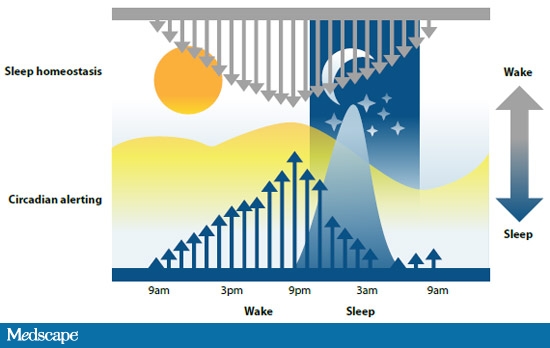
( Circadian Rhythm and Sleep Homeostasis – Image Courtesy of www.medscape.org )
Gradually, with the progression of the day (during daytime), the homeostatic desire for sleep is seen to gain with time; and this is further counteracted by an increased output of the SCN. Towards the onset of the dusk as the day ends, the output of the SCN is however seen to diminish as the homeostatic desire which is at its peak leads to the onset of the sleeping state.
Early at dawn (during daybreak), the homeostatic desire for sleep is little to none, while the circadian rhythm is seen to take charge causing arousal that triggers one to wake up, and thus beckoning the onset of a wakeful state.

